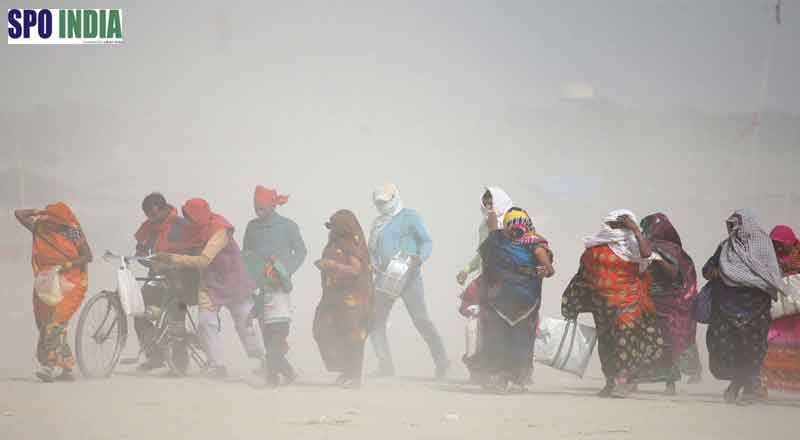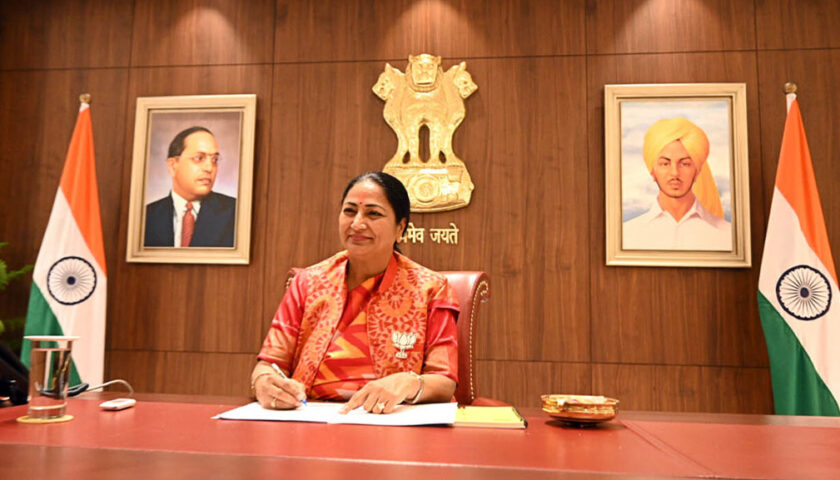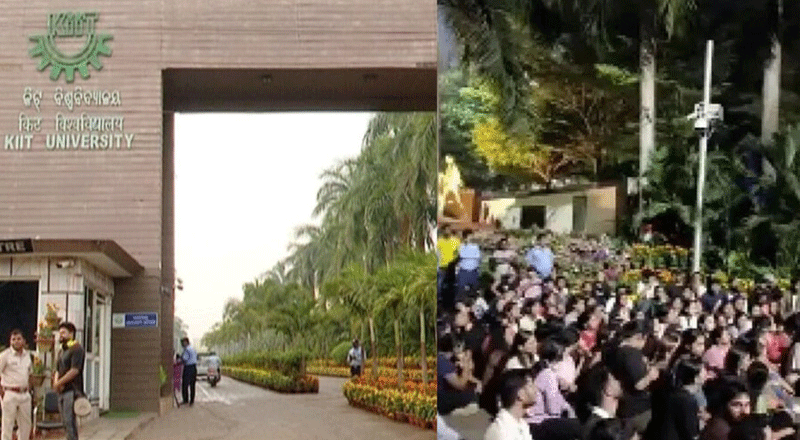New Delhi, June 21, 2024 – In a much-needed respite from the sweltering heatwave, light to moderate intensity rain and winds have provided relief to several areas in North India. This comes just hours after the India Meteorological Department (IMD) predicted showers over parts of North Delhi, North-East Delhi, North-West Delhi, West Delhi, Central-Delhi, and the national capital region (NCR).
- Submission of data on total fatalities since March 1.
- Investigation of suspected heat-related illness deaths by medical officers or epidemiologists.
- Dissemination of the National Action Plan on Heat Related Illnesses to all districts.
- Strengthening health systems’ preparedness for heat-related illnesses.
The IMD had posted on X that rain and winds would affect areas including Loni Dehat, Hindon Air Force Station, Bahadurgarh, Ghaziabad, Indirapuram, Chhapraula, Sonipat, Rohtak, Kharkhoda in Haryana, and Bagpat, Khekra, Modinagar, and Pilakhua in Uttar Pradesh over the next few hours.
Health Minister’s Directive Amid Heatwave
The rain brings a temporary relief amidst a deadly heatwave that has gripped the northern region of the country. Union Health Minister JP Nadda has directed central government hospitals to establish special heatwave units to address the health impacts of extreme temperatures.
During a review meeting with senior health ministry officials, Nadda emphasized the need for preparedness and timely response to heat-related illnesses. Consequently, the ministry issued an advisory to state health departments, stressing the importance of readiness in healthcare facilities.
Advisory Highlights and Measures
The advisory highlighted the trend of above-normal seasonal maximum temperatures and the necessity for health departments to ensure readiness. It directed state nodal officers under the National Programme for Climate Change and Human Health to submit daily data on heatstroke cases and deaths, and to maintain a digital list of heatstroke incidents for thorough monitoring and investigation.
State and district task forces on climate change and human health are to meet regularly, updating and approving heat-health action plans. These plans should outline the standard operating procedures for managing heatwaves. Additionally, early warnings of heatwaves from the IMD should be circulated daily, informing health facilities and the public about precautions.
Health Facility Preparations
Health facilities are instructed to prepare for the prevention and management of severe heat-related illnesses. This includes:
- Procuring and supplying adequate quantities of ORS packs, essential medicines, IV fluids, ice packs, and required equipment.
- Ensuring availability of drinking water and general cooling appliances in waiting and patient treatment areas.
- Rapid assessment and active cooling of suspected heatstroke cases using standard protocols.
Furthermore, coordination with electricity distribution companies is crucial to ensure uninterrupted power supply for cooling appliances in hospitals. Measures to reduce indoor heat and energy conservation within health facilities, along with providing shade outside health facilities in heat-prone regions, were also emphasized.
The timely rain and proactive health measures by the government provide a dual approach to mitigate the effects of the ongoing heatwave, ensuring both immediate relief and long-term preparedness for extreme weather conditions.
(With agencies inputs)





